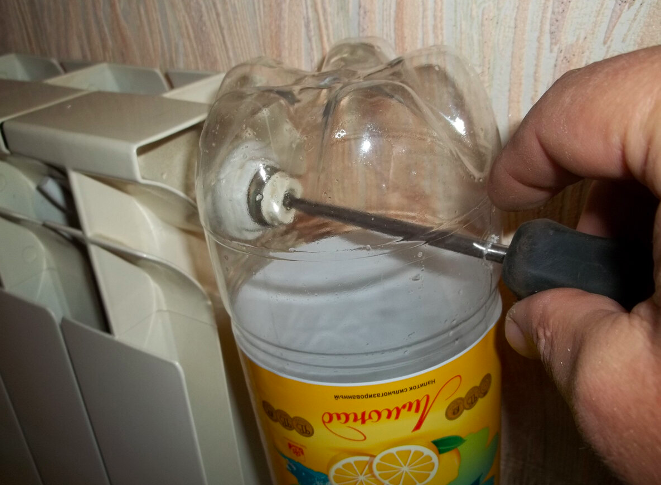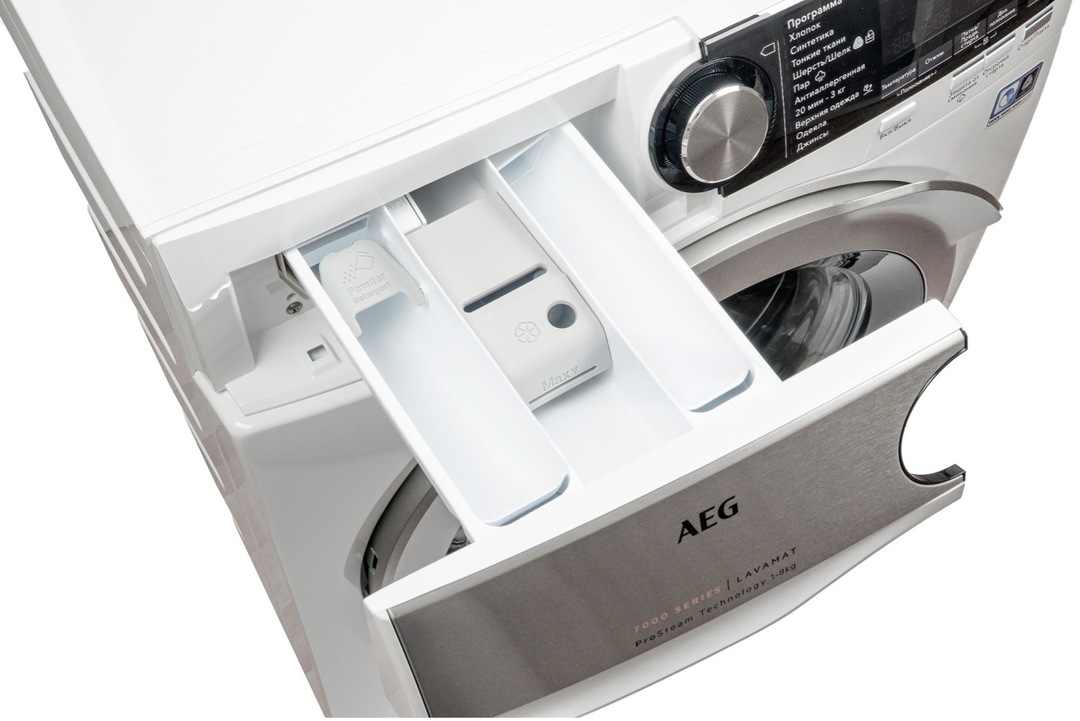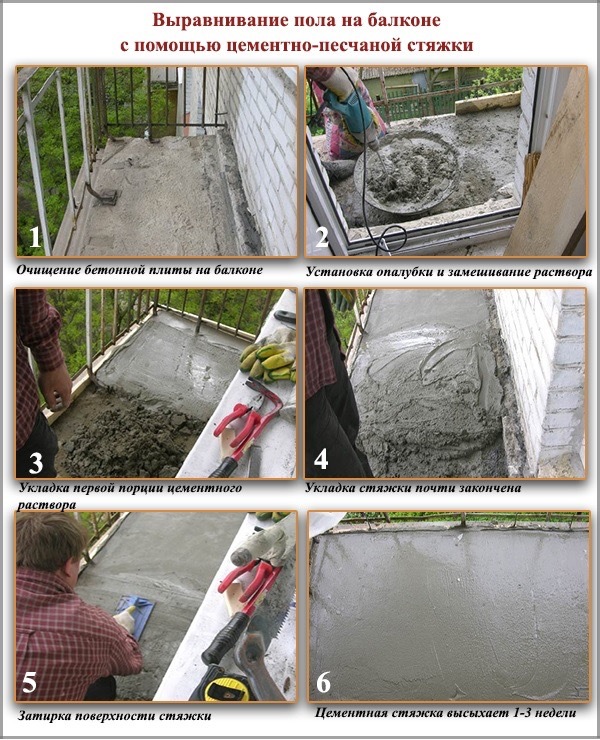There are no instructions on how to drain water from a battery in an apartment building, since you cannot carry out such an operation yourself. If possible, simply turn off the taps on the radiator in order, for example, to replace it with a new one. You can also open the Mayevsky tap to bleed the air. But if the reason is more serious, for example, a leak, you will need to contact the management company to completely drain the liquid from the riser. How to do this is described below.
The content of the article
- Reasons for draining water
- How to drain water
Reasons for draining water
First of all, you need to find out exactly why water is drained from batteries. The fact is that it is quite difficult to do this in an apartment building, because you will have to contact the management company. If possible, it is better not to resort to such a service. Draining water from the heating system of an apartment building is carried out only in extreme cases:
- critically low pressure;
- too much heating of the liquid;
- the seal is broken, an emergency has occurred;
- installation errors, slope violation;
- batteries are cold partially (in places) or completely;
- extraneous sounds appeared - gurgling, hissing;
- circulation pumps are broken, water has stopped moving through the pipes or flows very slowly, which again causes heating problems.

Only a specialist can determine the cause and how to drain the water from the battery. This is often done due to heating problems or leaks. If heating is weak, most likely the reason is due to airing of the coolant. You can bleed off excess air using a Mayevsky tap - in such a situation there is hardly any need to bleed water from the battery. But if bleeding does not help, you will have to actually drain the liquid.

How to drain water
You cannot drain the water from the battery yourself, because this can lead to a shutdown of heating throughout the entire riser and even flooding of neighbors, which can lead to great material damage. If you only need to drain a small volume, you need to open the Mayevsky tap a little, place a basin under the radiator and wait until the liquid begins to drain.
After this, you need to check how well the radiators are heating up and whether there are any extraneous noises or gurgling. If the reason for draining water from the batteries is due to strong airing of the liquid, using a Mayevsky tap will not help. Then you need to contact the management company.
It is she who decides how to drain water from aluminum batteries or other radiators. A specialist will come to the site, perform an inspection and set a date. You need to understand that the service is paid, and it is provided more often during the warm season in order to prevent the temperature in the apartments from dropping.
Draining water from the battery is carried out in the following order:
- Close the taps on the radiators along the entire riser (if any).
- Shut off the top vents in the attic.
- Shut off the bottom valves in the basement.
- Remove the plugs to drain the coolant.
- The drainage location (sewer, container) is determined in advance.
- Place the hose and ensure a tight connection.
- Start draining the liquid.
After this, the cause is eliminated, if necessary, the riser is washed several times, then new liquid is poured. Next, open the radiators, start the circulation pumps, and determine the pressure and speed of water movement.


